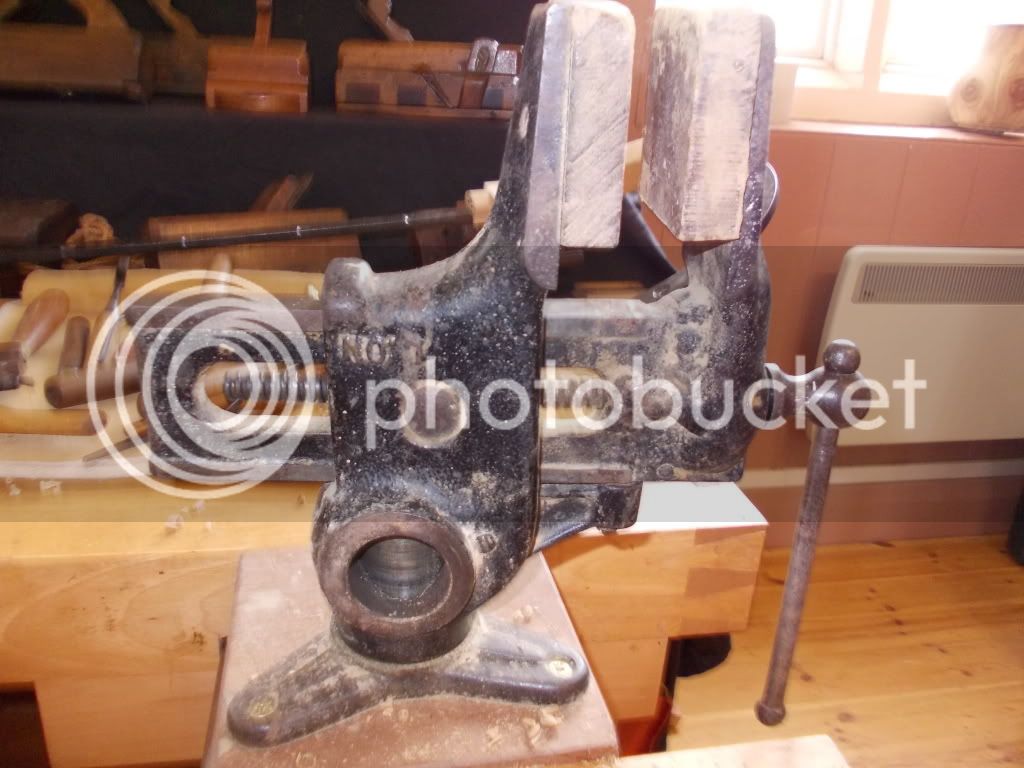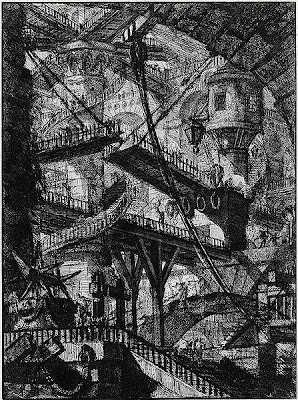richarnold
Established Member
Hi folks, sorry about the delay in updating about this topic, but i have been flat out making wreaths for about 3 weeks now. initionaly the company wanted 3 pairs of the complex turns, and maybe a couple more curves. well at the moment I'm about to start wreath number 34!!!!. For those of you who wanted a bit more info on how i went about forming the wreaths, i hope these images help
The first stage was to sink the metal base rail into a suitable block of oak.
 .
.
The bulk of the wreath was then removed on the bandsaw, and then leveled with the metal to give a reference surface to mark the overall dimentions of the handrail section from. A small section of handrail was then screwed to both ends to give a guide to the shaping of the wreath.

 .
.
As much waste as possible was then removed with the aid of a spokeshave, and various chisels.
Two rebates were then formed by using a combination of a cutting gage, small beveled edged chisel, and the two curved rebate planes. next the cove to the underside was worked with gouges, and the small round moulding plane.
The square section between the rebates was then worked int a small raised bead with the use of a violin plane, small hollow, and finally a small scraper made from a broken piece of hacksaw blade

The top profile was cut with a large, flat gouge, and finished with the violin plane, and scrapers.
 .
.
Here are most of the tools used to make the wreath, layed out on the bench


The first stage was to sink the metal base rail into a suitable block of oak.

The bulk of the wreath was then removed on the bandsaw, and then leveled with the metal to give a reference surface to mark the overall dimentions of the handrail section from. A small section of handrail was then screwed to both ends to give a guide to the shaping of the wreath.


As much waste as possible was then removed with the aid of a spokeshave, and various chisels.
Two rebates were then formed by using a combination of a cutting gage, small beveled edged chisel, and the two curved rebate planes. next the cove to the underside was worked with gouges, and the small round moulding plane.
The square section between the rebates was then worked int a small raised bead with the use of a violin plane, small hollow, and finally a small scraper made from a broken piece of hacksaw blade

The top profile was cut with a large, flat gouge, and finished with the violin plane, and scrapers.

Here are most of the tools used to make the wreath, layed out on the bench





































